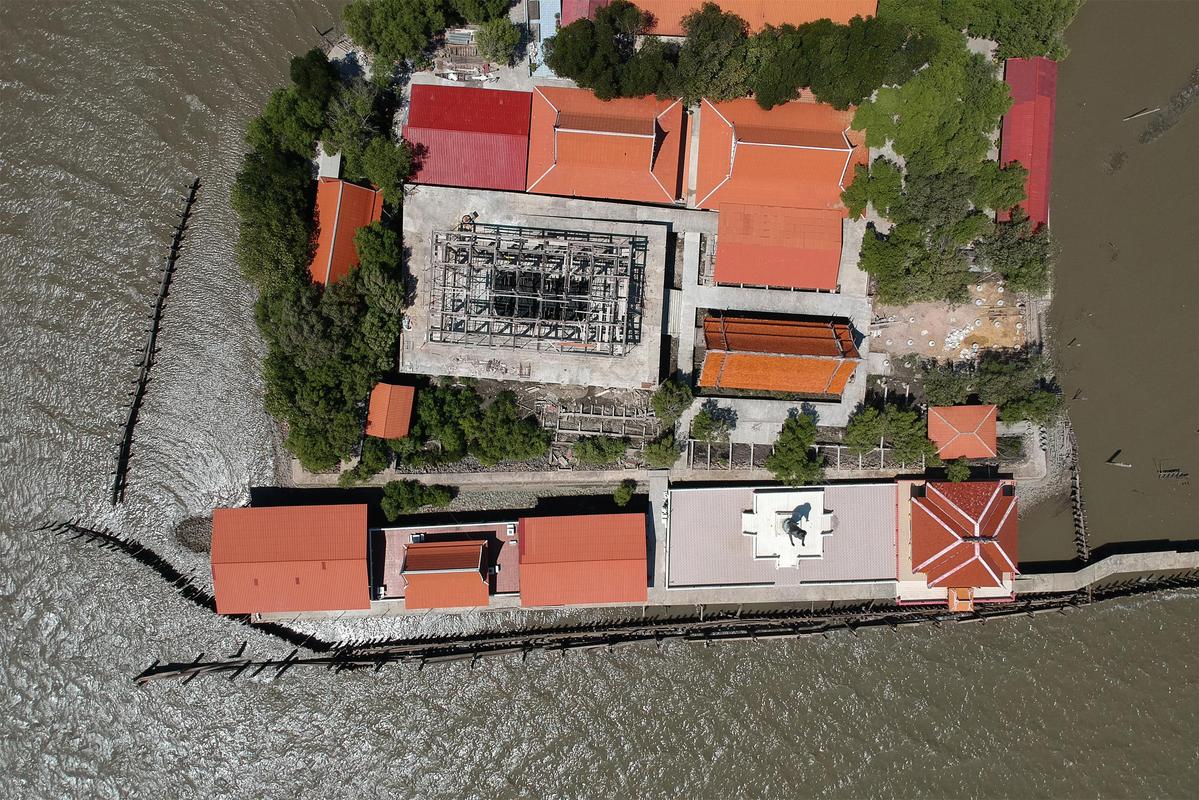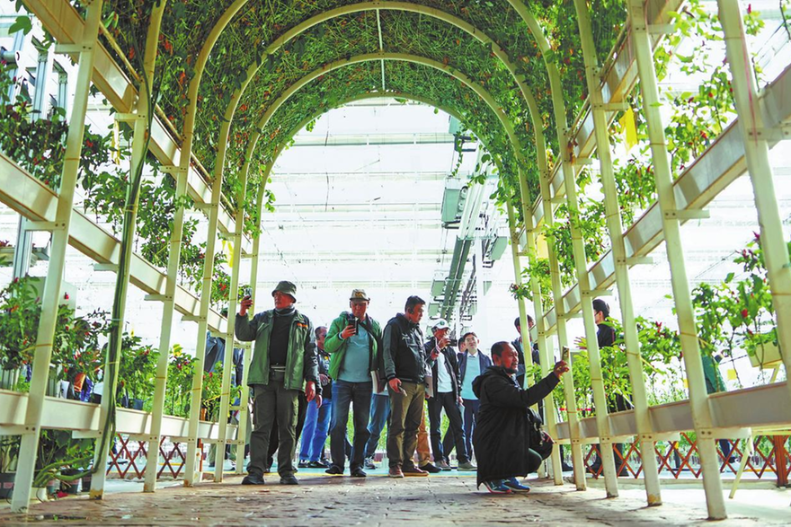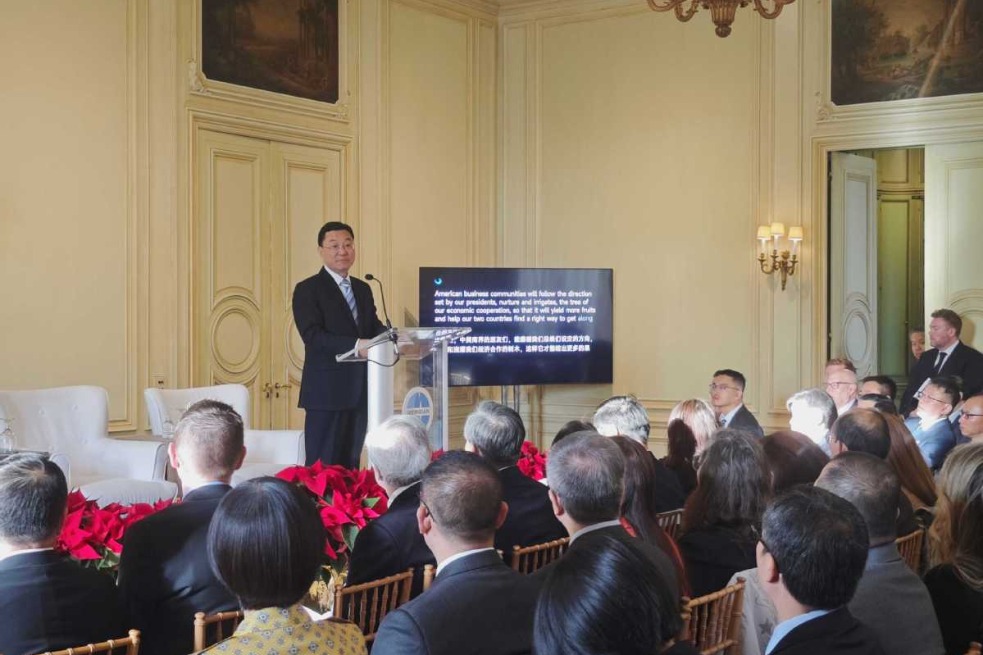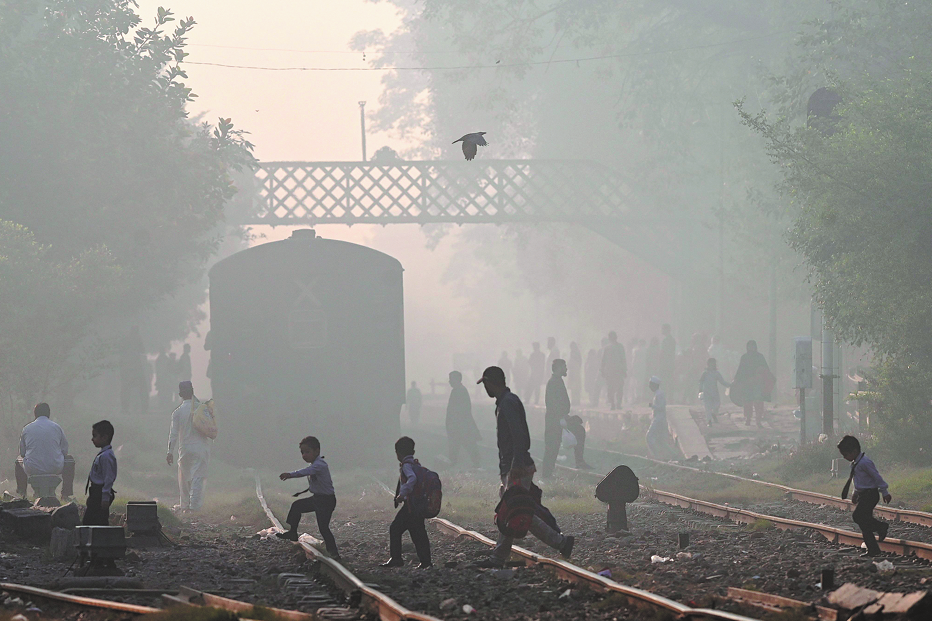Against the tide: 'Floating temple' defies coastal erosion


SAMUT CHIN, Thailand - As sea waters slowly rose around his temple and his neighbors fled inland, Thai abbot Somnuek Atipanyo refused to budge and is today a symbol of the fight to restore the country's fast-eroding coastlines.
A dangerous combination of climate change, industrial farming and rapid urbanization are endangering the Gulf of Thailand's coasts, stripping away precious mangrove trees and leaving some buildings like Somnuek's surrounded by seawater.
In the 30 years since the waters started encroaching, most of his neighbors in the village of Samut Chin moved several hundred meters inland to rebuild their wooden homes.
Standing in his saffron robes near his monastery on stilts-dubbed the "floating temple"-the 51-year-old monk points out to sea at the spot where the local school once stood.
"This temple used to be in the middle of the village," he says in Samut Chin near Bangkok.
"If we moved it, people wouldn't even know there had ever been one here," he says of the temple, accessible only by a small footbridge today.
These shores were once protected by extensive mangrove forests. The Gulf of Thailand boasts some of the largest in the world. Mangroves form a natural defense against coastal erosion, thanks to their extensive roots that stabilize the shoreline.
But it's a been a losing battle to preserve them.
Thailand lost almost one-third of its vast coastal mangrove forests between 1961 and 2000, according to a report from the nation's Department of Marine and Coastal Resources and the UN Environment Programme.
Climate change is also having an impact: Stronger waves and more ferocious monsoons have wiped out mangroves in the Gulf of Thailand, which is especially vulnerable because its waters are so shallow.
In Thailand one-quarter of the country's shores-or about 700 kilometers-are eroding, some "severely", according to data shared with AFP by the country's Department of Marine and Coastal Resources.
Now there is a push to restore Thailand's precious mangrove ecosystem through a national voluntary tree replanting scheme, including land near Somnuek's island monastery.
On a recent sunny afternoon, scores of people spent the day wading chest-deep in the sea to replant mangrove trees.
Clad in headscarves and hats, they gingerly reach down into the water to plant young saplings along lines of bamboo poles that help offer some protection against the waves.
"This project is called 'Planting a forest in people's hearts,'" said Wason Ditsuwan, who runs the program.
Set up in 2016 by Bangkok city authorities, the project has so far replanted 34 hectares of mangroves across the country.
AGENCE FRANCE-PRESSE































